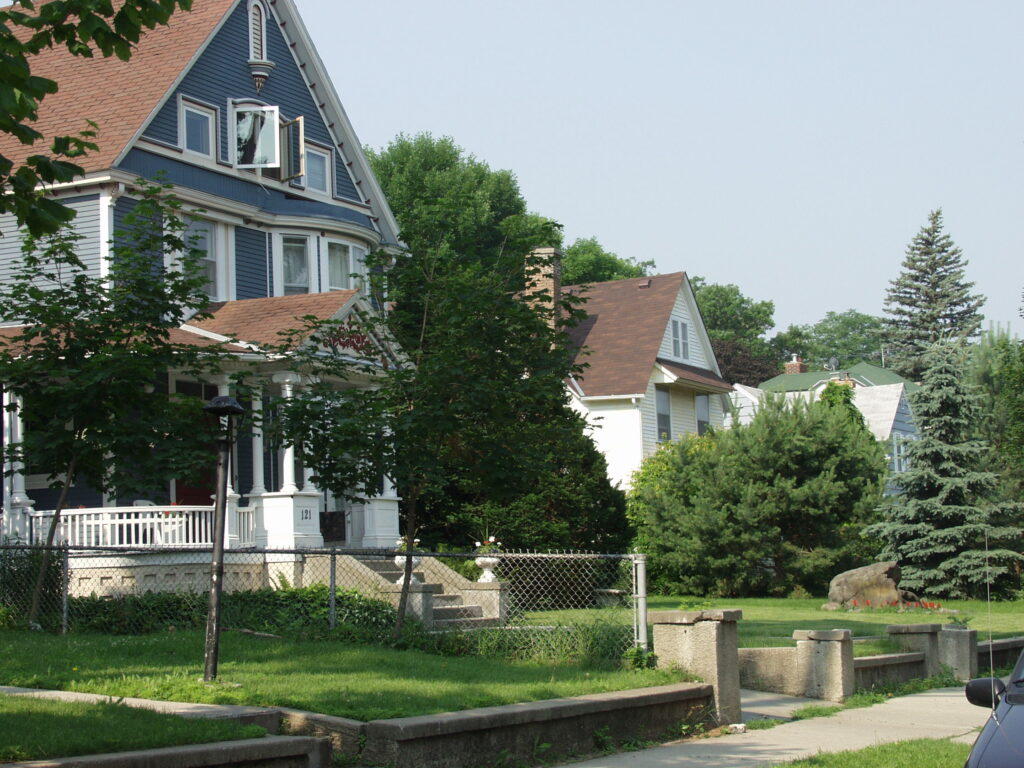The City of Mankato has finalized an update to the community’s housing study. A study was completed in 2013, however the activity in residential development and other market factors have made an update necessary.
During the review of the draft plan during the City Council work session on Monday July 18th, multiple experts praised the breadth of information contained in the study. Information was compiled for multiple areas including the city, “Greater Mankato” (the urban area including North Mankato, Eagle Lake, Skyline and four adjoining townships), and the Metropolitan Statistical Area (MSA) including all of Blue Earth and Nicollet counties.
A Few Highlights:
- Mankato been adding about 220 households annually on average since 2010.
- This is expected to increase in the coming years to 250. Greater Mankato could add over 300.
- This population growth will come mainly in the 35 to 44 year old age group (Millennials) and the 65 to 74 year old age group.
- More than 80% of the projected growth is from households age 55 and older by the year 2020.
- There were more than 4,650 households that had a housing cost burden, with 30% or more of their income required for gross rent. This represented more than 54% of all reporting renter households in 2014. For most of these households, a severe cost burden existed, with 35% or more of income applied to housing.
- Housing construction activity in the two-year period from 2014 to 2015 was very strong in the City of Mankato, driven primarily by new multifamily rental projects. Based on building permit issuance, more than 980 housing units were approved, and had started construction. Most of these were in 2015, and the multifamily projects were primarily scheduled for completion in 2016.
- While rental housing construction in Mankato has been occurring at an unprecedented level in the past few years, single family housing production, generally intended for owner-occupancy, has remained well below the levels once achieved in the City. In the eight-year period from 2008 through 2015, there was only one year (2013) when building permits were issued for more than 100 single family units, including both detached and attached housing. In the eight-year period from 2000 through 2007, the lowest level of annual single family production was 177 units, and in three separate years, more than 300 single family permits were issued.
- In 2014 and 2015, the estimated distribution of units by intended tenure in Mankato would be approximately 15% in single family-style units for owner-occupants and 85% for renters. From 2008 to 2013, approximately 40% of the units in Mankato were identified as single family construction, in both detached and attached units, and were presumably intended for owner-occupancy, with 60% for rental use. Between 2000 and 2007, nearly 74% of the permitted units were for single family-style construction, assumed to be for owner-occupants.
The study includes additional insightful information related to future market demand for both rental housing and owner-occupied housing. View the Mankato Area Housing Study here.





